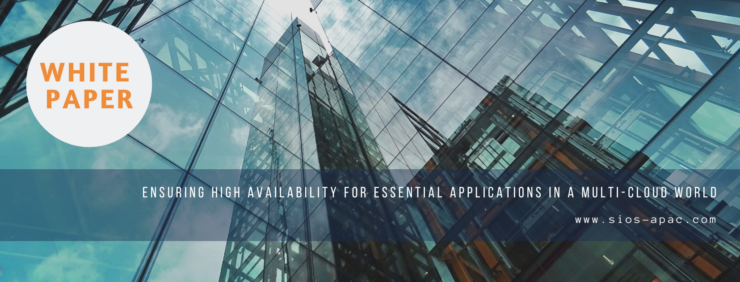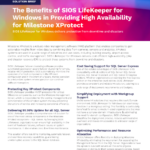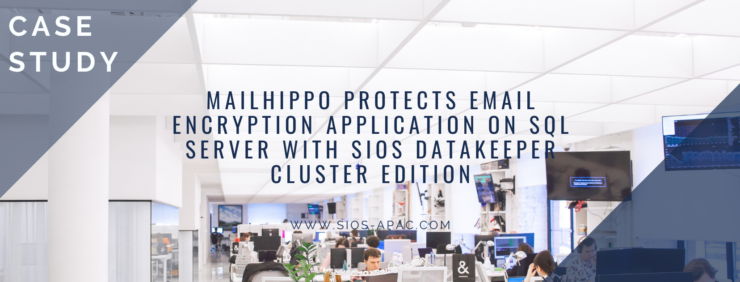| November 11, 2023 |
Ensuring High Availability for Essential Applications in a Multi-Cloud World |
| November 6, 2023 |
SIOS LifeKeeper HA for Milestone XProtect |
| November 2, 2023 |
MailHippo Protects Email Encryption Application on SQL Server with SIOS DataKeeper Cluster Edition |
| October 30, 2023 |
How to Purchase the Best High Availability Solution |
| October 26, 2023 |
Empowering Education: Enhancing System Availability with SIOS Solutions |




 “SIOS DataKeeper saved us from becoming non-operational.” – Chris Almond, CEO, MailHippo
“SIOS DataKeeper saved us from becoming non-operational.” – Chris Almond, CEO, MailHippo
